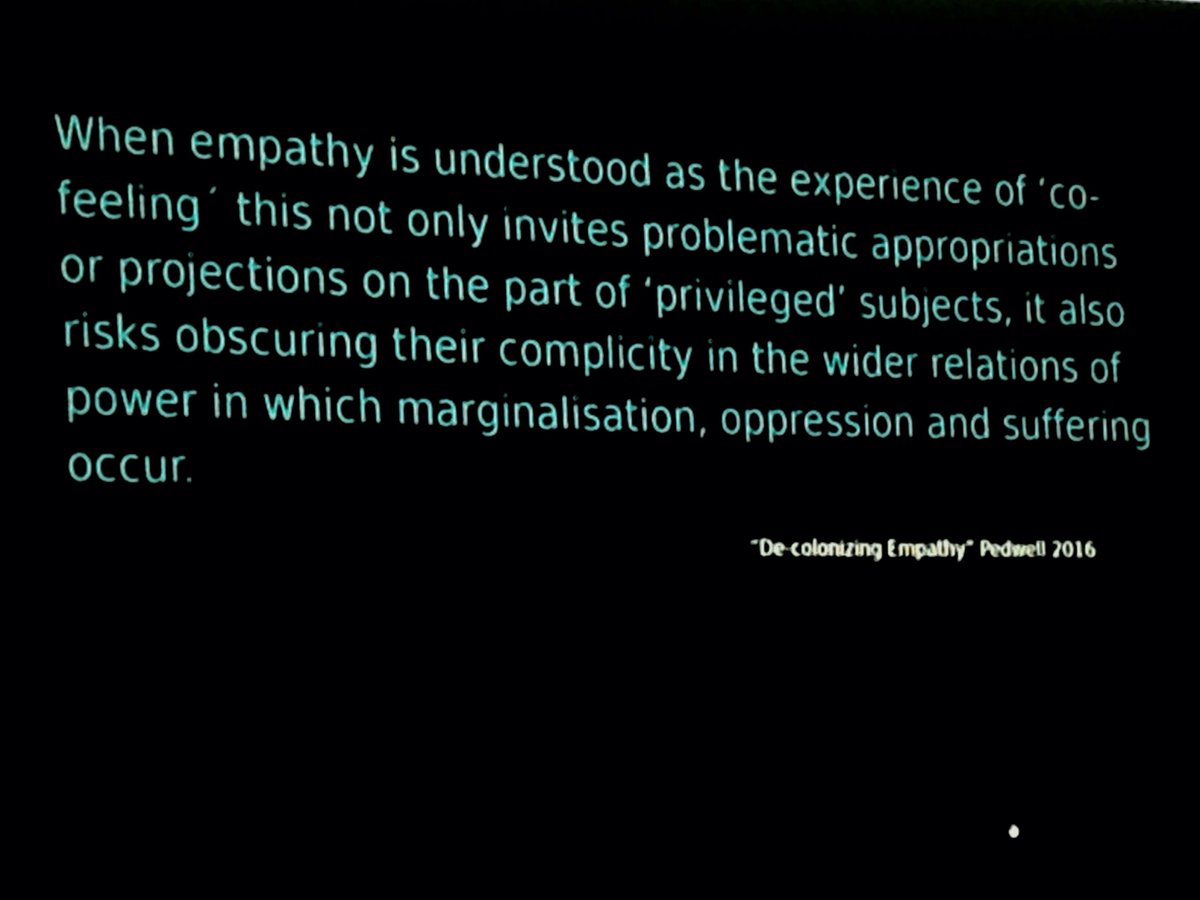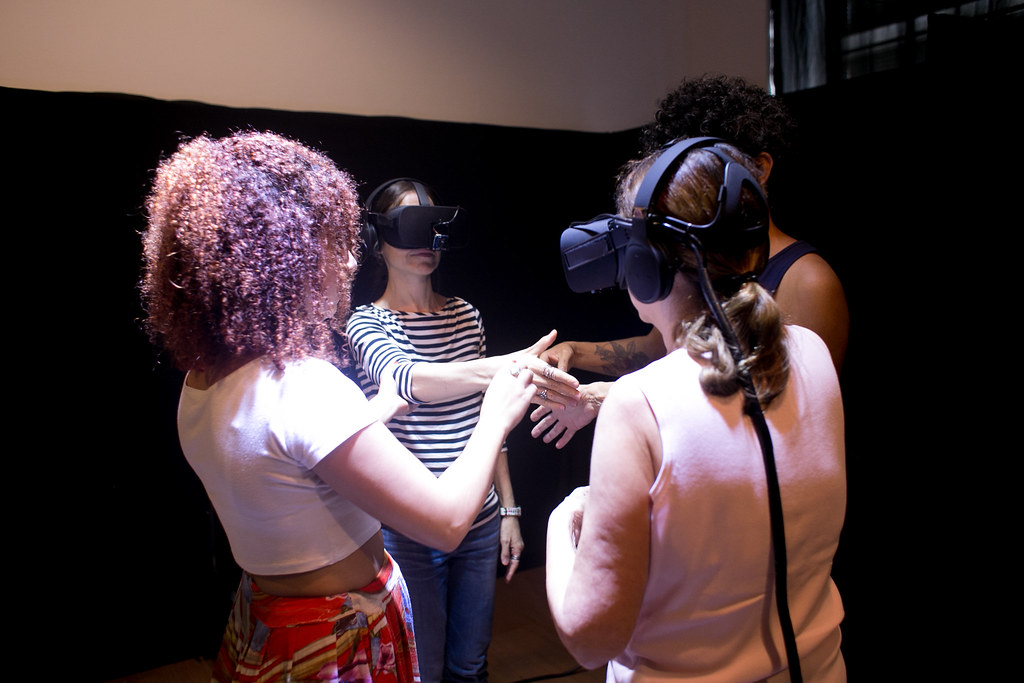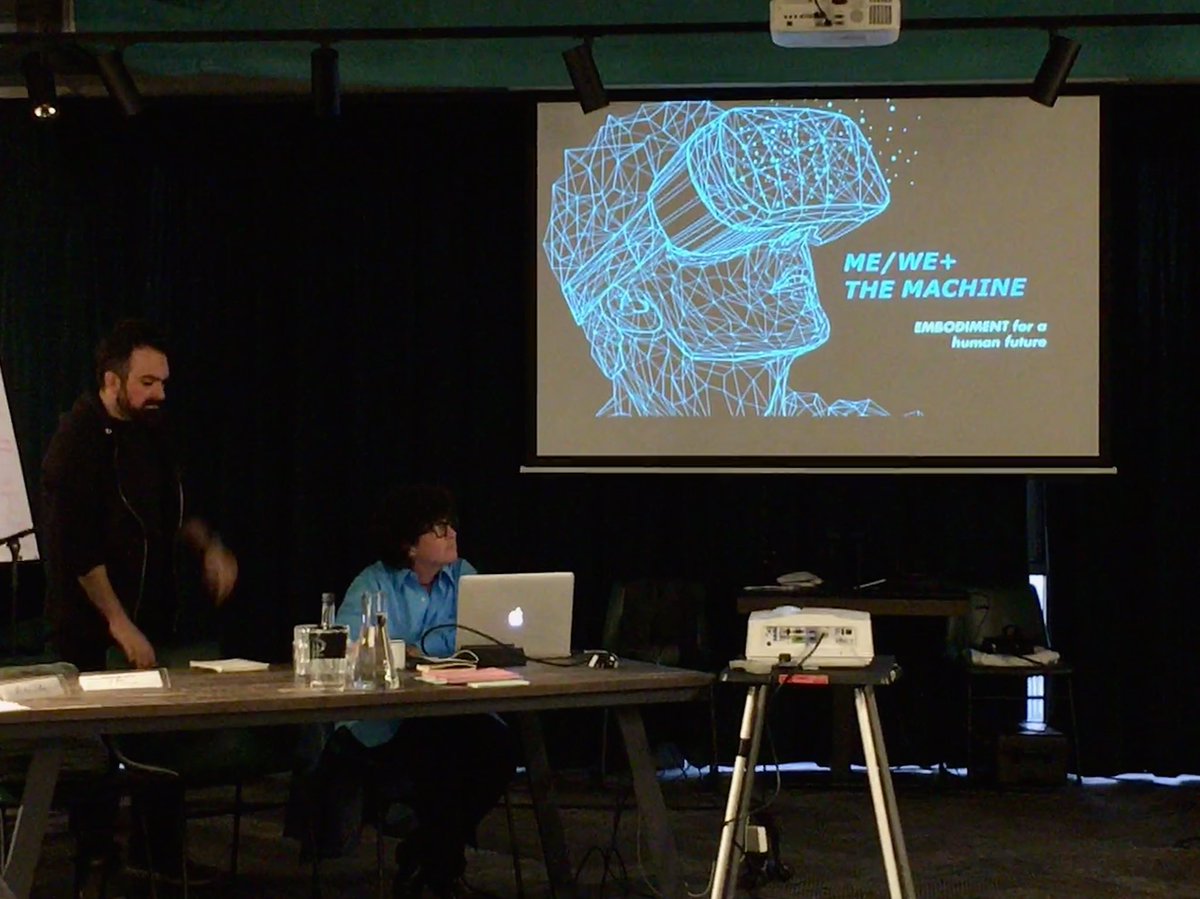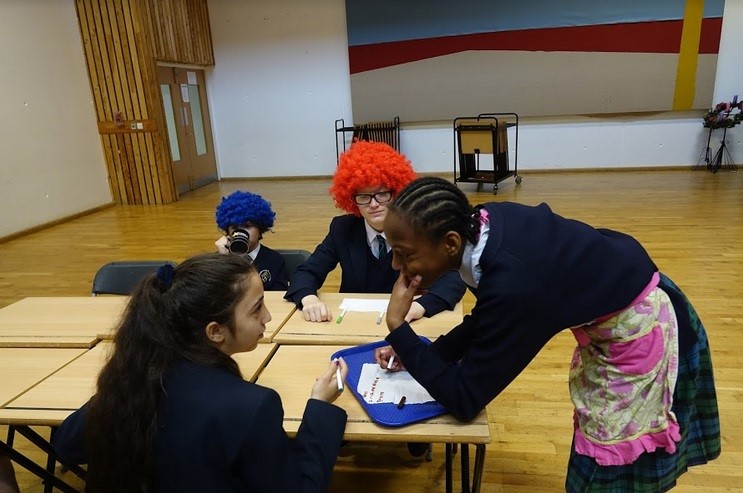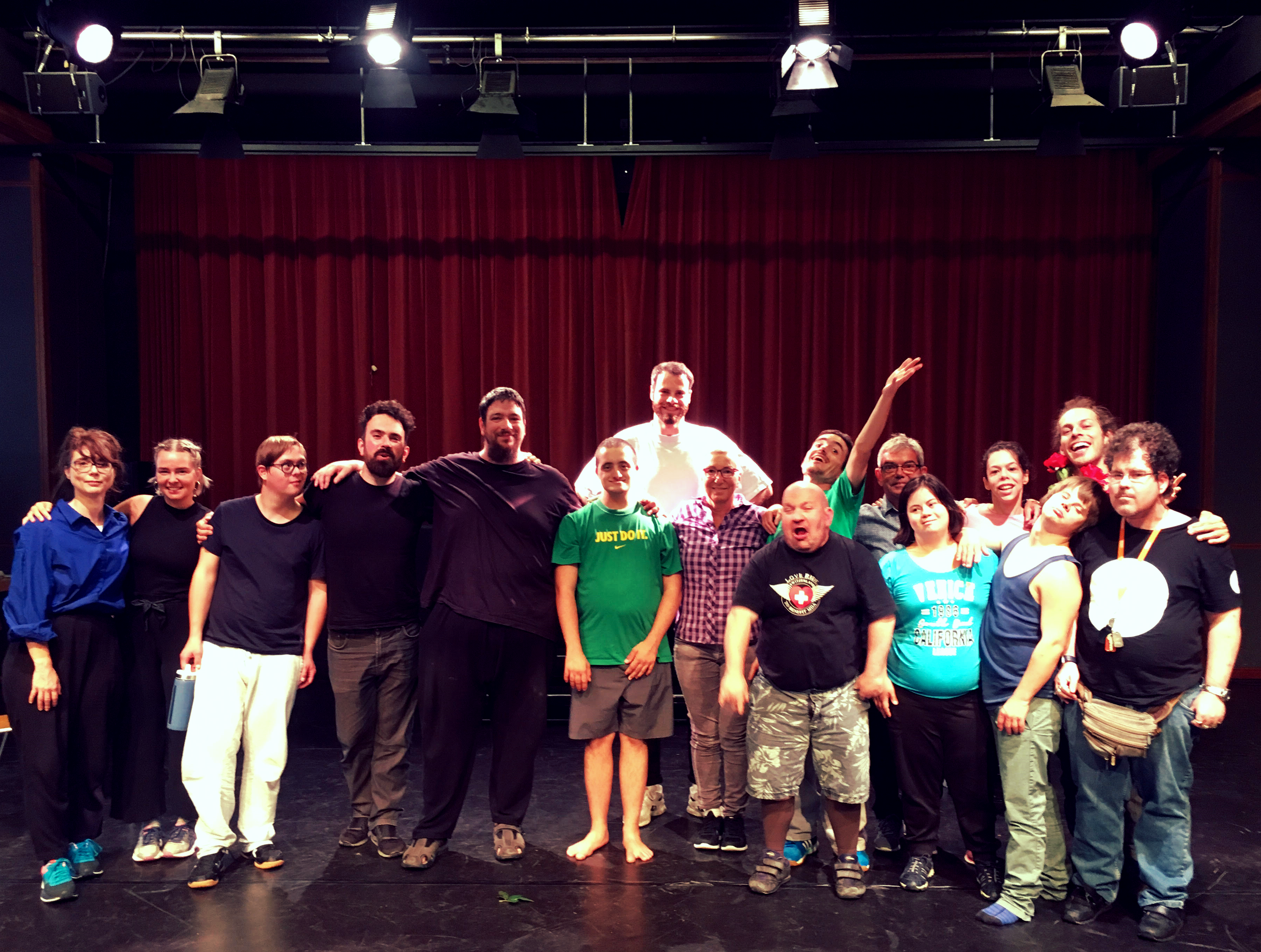
“What would the world be like if we could see it through the eyes of others?”
Our Research
“What would the world be like if we could see it through the eyes of others?"
Our work started as an art research driven by the questions: “What would the world be like if we could see it through the eyes of others? Through extending our sense of humanity to everyone, would it be able to provoke an exponential change in society? “
Our strategy to address these questions was to adapt protocols of interaction to elicit the so called Body Transfer Illusion (or Embodiment) in VR as a way to stimulate a visceral experience of empathy, of stepping into another’s person’s shoes.
To do so, we’ve integrated knowledge collected in the neuropsychology domain, art, story-telling, research-action, human-centric interaction design, do it yourself culture to design experiences that could deeply reach human emotions and could be highly scalable. The result was a system created in 2012 - The Machine to Be Another - that combines software, hardware, virtual embodiment techniques,
protocols of interaction and social interaction methods to work with local communities and individuals.
TMBA has been derived into different technical setups, installations and performances, customized for different contexts.
We consider alternative ways of knowing as equally valid in our processes: qualitative, bodily, and affective knowledge are fundamental for us, but we also value the importance of quantifying for generalizing knowledge. In collaboration with organizations, communities and academic institutions we study to better understand how our interventions and platforms affect human behavior, in order to improve our work and to gain generalizable insights that can benefit our ecosystem, aiming to contribute to a more empathetic and compassionate society. We also contribute to fundamental scientific questions pertaining to the study of the self in relation to others.
Methods
Embodied storytelling platforms
In every step of our process, there is dialogue. During creation, while testing and iterating, and when sharing our stories with the extended community. Whether in a school class, the streets or a museum, the stories are offered to anyone. For each performance, at least two people accompany each other, opening an avenue for conversation. Embodying another’s story can be an emotional and intimate process, which we care for it to be accompanied. Through shared experience and dialogue, we may reshape our internal narrative about ourselves and others.
Our storytelling platforms benefit from interdisciplinary knowledge to create the illusion of being another. Whether its real time swapping between two people or experiencing an embodied film, these platforms become alive in a ritual. A shared process and offering, a piece that is exchanged and performed with and for others culminating in a conversation. Mixed reality tools help to pave ways for human dialogue. While our platforms live in permanent iteration, these are their defining principles:
- The Machine to be Another – Embodied Virtual Reality system with real humans (Bertrand et al, 2013). Démonstration et de l’article “travail en cours“ présenté à 8e Conférence internationale sur Tangible Embodied and Embedded Interaction (Tei 2016)
- Virtual Body Swap: A New Feasible Tool to be Explored in Health and Education (Oliveira, Bertrand, Roel Lesur, Palomo, Demarzo, Cebolla, Banos, Tori, 2016).
- Learning Empathy Through Virtual Reality: Multiple Strategies for Training Empathy-Related Abilities Using Body Ownership Illusions in Embodied Virtual Reality. (Bertrand P, Guegan J, Robieux L, McCall CA and Zenasni F, 2018). Front. Robot. AI 5:26. doi: 10.3389/frobt.2018.00026
- Combining Virtual Reality and Biofeedback to Foster Empathic Abilities in Humans. (Schoeller Zenasni, Bertrand, Gerry. Jai, Horowictz, 2018).
- The Plasticity of the Bodily Self: Head Movements in Bodily Illusions and Their Relation to Gallagher’s Body Image and Body Schema. (Roel Lesur, Gaebler, Bertrand Lennggenhager. November 2018). Constructivist Foundations 14(1):94-105
- On the components and future experimental setups of bodily illusions/aliefs. (Roel Lesur, Gaebler, Bertrand Lennggenhager, November 2018). Constructivist Foundations 14(1):111-113
